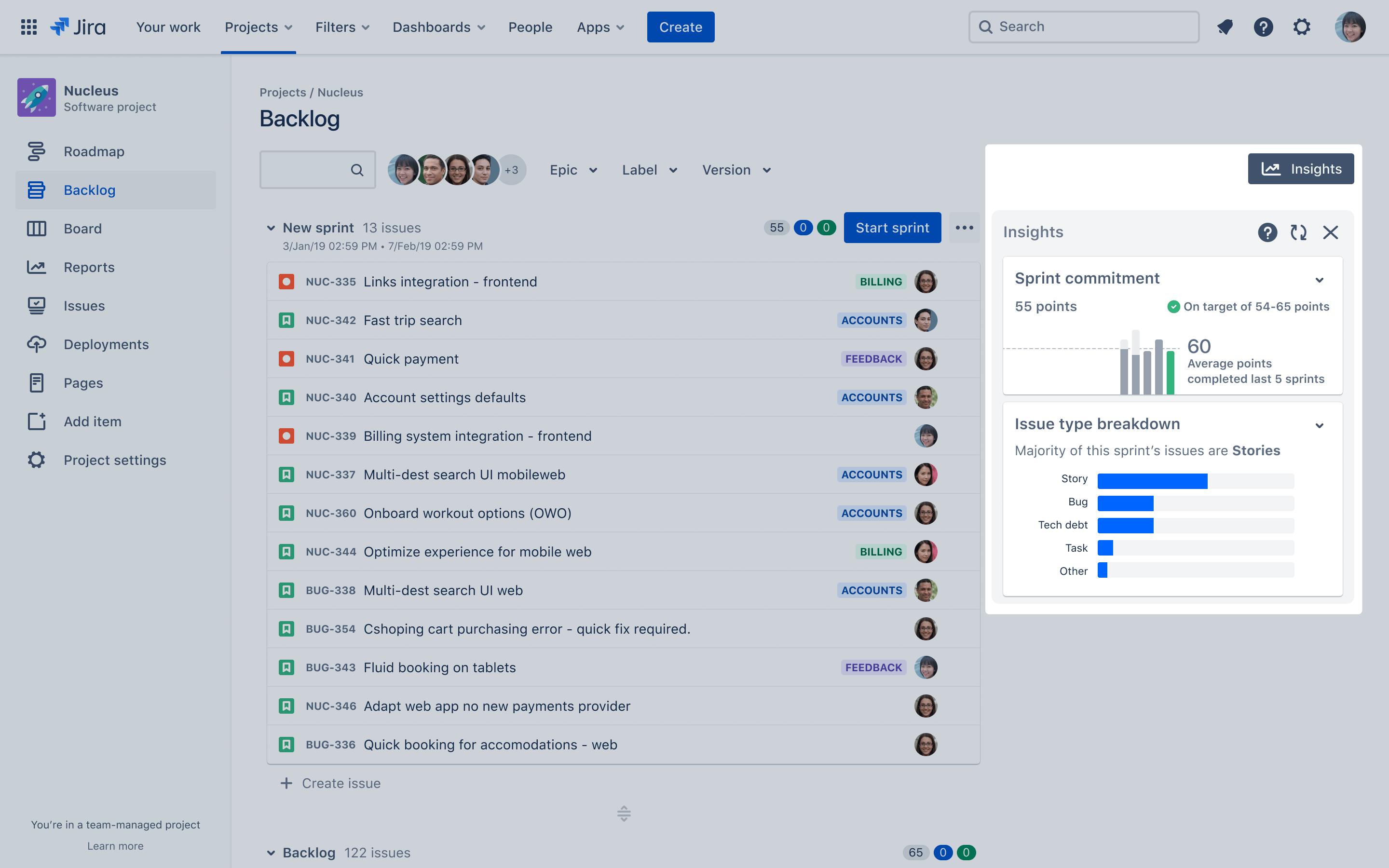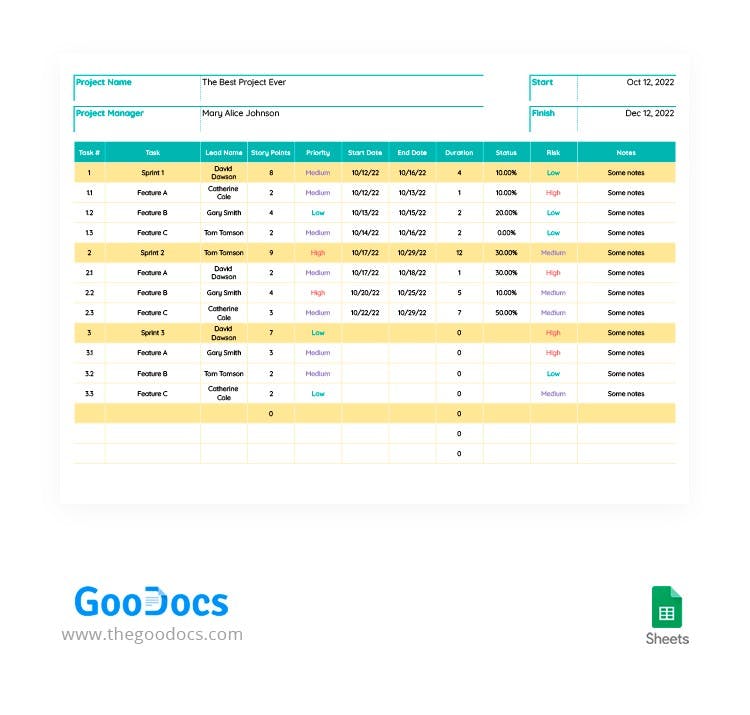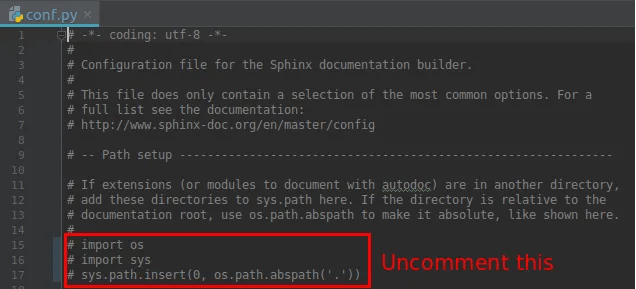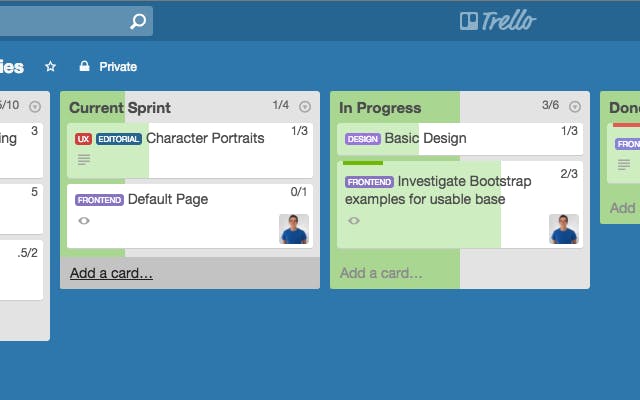The Role of Technical Writers in Agile Development
Fostering Collaboration and Streamlining Documentation
Overview
Agile development is becoming more popular in the software industry because of its iterative and collaborative approach to software development. Its lightweight methodology, adaptability, and emphasis on the delivery of specific software components align with the rapidly evolving software landscape.
Technical writers play a critical role in agile development. They are responsible for creating and maintaining documentation that helps developers, testers and users understand and use software products. This is a challenging but rewarding role, as they try to create a balance between the needs of users with the requirements of the development team.
Understanding Agile Development
Agile development is an iterative software development methodology that emphasizes collaboration, adaptability, continuous testing and improvement. It involves breaking down projects into smaller, manageable tasks which are prioritized and worked on in short development cycles called sprints.
In an agile environment, documentation is often created iteratively, along with the software itself. This means that technical writers must be able to work closely with the development teams to gather requirements, write clear and concise documentation, and make changes as quickly as the software evolves.
The Evolving Role of Technical Writers in Agile
In traditional software development, technical writers are often seen as a support function, responsible for creating and delivering documentation after the software has been developed. However, with the agile development methodology, their role has become more central to the software development process.
In agile development, technical writers are involved from the beginning of the project. They work closely with developers, product managers and designers to gather requirements, write user stories, and create documentation. This allows the technical writers to ensure that documentation is accurate, up-to-date and that it meets the needs of the users.
Collaborating with Cross-Functional Teams
Technical writers need to actively participate in agile development activities, such as stand-up meetings, sprint planning, and backlog refinement sessions. By doing so, they can gain a deeper understanding of the project’s objectives, user requirements, and ongoing changes, and ensure that the documentation is a valuable asset for users and stakeholders.

The following are some examples of how technical writers can collaborate with cross-functional teams:
Work with developers to understand the technical details of the product. This will help technical writers produce documentation that is accurate and complete.
Work with designers to understand the user interface and user experience of the product. This will help technical writers produce documentation that is easy to understand and use.
Work with product managers to understand the goals and objectives of the product. This will help technical writers produce documentation that aligns with the product’s overall strategy.
Work with quality assurance engineers to identify and resolve any potential problems with the documentation. This will help ensure that the documentation is accurate and useful.
Agile Documentation Techniques
Agile documentation is a set of techniques for creating and maintaining documentation that aligns with the agile development process. It is based on the principles of iterative development, continuous feedback and collaboration. This approach allows technical writers to adapt quickly to changing requirements and produce documentation that aligns with the current state of the project.

The following are some agile documentation techniques that can be adopted:
User Stories: User stories are short, informal descriptions of features that users want. They are often used to gather requirements for documentation.
Acceptance Criteria: Acceptance criteria are a set of conditions that must be met for a feature to be considered complete. They are often used to define the scope of documentation.
Prototyping: Prototyping is the process of creating a working model of a feature. It can be used to help users understand how a feature works and to gather feedback on the documentation.
Continuous Documentation: Continuous documentation is the process of creating and updating documentation throughout the development process. It is a key part of agile documentation.
Ensuring Documentation Quality in Agile
Maintaining documentation quality within the fast-paced agile environment can be challenging, but it is essential to the success of any project.
Here are a few tips for maintaining the quality of documentation in an agile environment:
Start with a solid plan. Take the time to plan out what you need to document and how you will document it. The Diàtaxis framework can help to provide a better understanding of the needs of documentation users in their cycle of interaction with a product.
Get feedback early and often. Continuous feedback from users and stakeholders helps to identify any areas that need improvement and make sure that the documentation is meeting the needs of your audience.
Use a collaborative tool. A collaborative tool can help you to keep track of changes to your documentation and make it easy for multiple people to work on a document at the same time.
Automate as much as possible. Take advantage of the various tools that you can use to automate tasks such as generating tables of contents, cross-referencing, and creating indexes. This can free up your time so you can focus on more creative and strategic aspects of documentation.
Stay up-to-date. As your product or service evolves, so should your documentation. Be sure to update your documentation regularly to reflect changes to the product.
Use a style guide. A style guide helps to ensure that your documentation is consistent and easy to read.
Test your documentation. Before releasing documentation, be sure to test it thoroughly to ensure that it is free of errors and meets the needs of the users.
Tools and Technologies for Agile Documentation
The following is a list of tools and technologies that can be used for agile documentation:
Atlassian Confluence: Confluence is a cloud-based collaboration platform that allows teams to create and share documents, wikis, and other content. It is a popular choice for agile documentation because it is easy to use, flexible, and scalable.

Atlassian Jira: Jira is a project management tool that allows teams to track tasks, issues, and bugs. It can be used to track documentation tasks and ensure that they are completed on time.

Google Docs, Sheets, and Slides: Google Docs, Sheets, and Slides are cloud-based productivity tools that allow teams to create and share documents, spreadsheets, and presentations. They are a good option for agile documentation because they are easy to use, free, and accessible from anywhere.

Microsoft Office 365: Microsoft Office 365 is a suite of cloud-based productivity tools that includes Word, Excel, PowerPoint, and OneNote. It is a good option for agile documentation because it is familiar to many users and offers a wide range of features.

Sphinx: Sphinx is a documentation generator that can be used to create high-quality technical documentation from reStructuredText source files. It is a good option for agile documentation because it is customizable, extensible, and easy to use.

Trello: Trello is a project management tool that allows teams to visualize their work and track progress. It can be used to manage documentation tasks and ensure that they are completed on time.

Version control systems: Version control systems (VCS) are tools that track changes to files and folders over time. They can be used to manage documentation changes and ensure that everyone is working on the same version of the documentation. Some popular VCSs include Git, Mercurial, and Subversion.
Benefits of Agile Documentation
There are many benefits to using agile documentation. Here are a few of the most important ones:
Improved communication
Increased usability
Enhanced collaboration
Increased transparency
Improved quality
If you are looking for a way to improve your documentation, the agile documentation technique is a great option!
Thank you for reading!❤️
